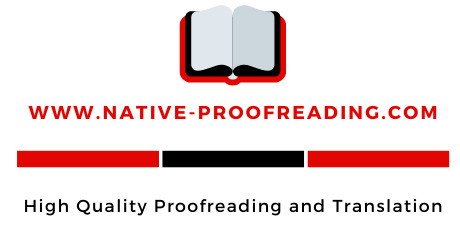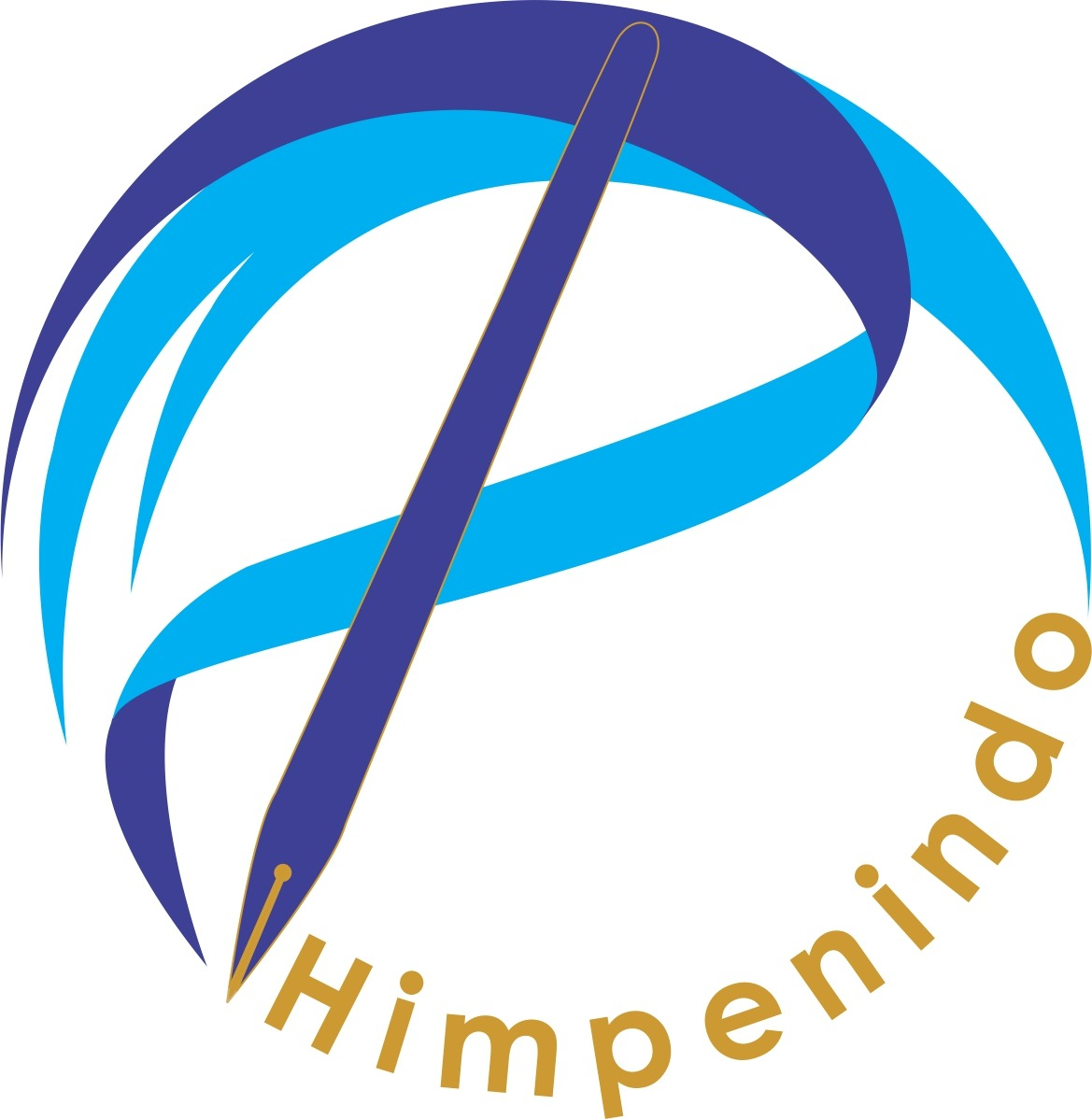Dried Clove Leaf as Corrosion Inhibitor for Medium Carbon Steel in Acidic Media
Abstract
Medium carbon steel is a widely used steel variant known for its susceptibility to mechanical property degradation due to corrosion. In order to decrease the corrosion rate of medium carbon steel, various protective measures are employed such as the addition of inhibitors. Dried Clove Leaf (DCL) extract was extracted and applied as an inhibitor for medium carbon steel AISI 1040 in different acidic environments. Fourier-transform infrared spectroscopy (FTIR) was conducted to analyze the compounds present in the clove leaf extract. Subsequently, corrosion rate and inhibitor efficiency were assessed to demonstrate the effectiveness of the clove leaf inhibitor. The parameters under this research included varying inhibitor concentrations for 0%, 5%, 10%, 15%, and acidic media using HCl and H2SO4. The successful extraction of DCL was confirmed by the presence of a C=C bond in the FTIR results, occurring at wavenumbers ranging from 1638 to 1514 cm-1, indicative of the presence of benzene rings corresponding to eugenol (a phenolic component). The inhibitor exhibited remarkable efficiency, reaching its peak at 96.51% when used with HCl media at a DCL concentration of 15%. This high efficiency is notably reflected in the significant reduction of the corrosion rate from 352.96 mpy to 12.31 mpy in the presence of HCl media.
Full Text:
PDFReferences
A. Hartadi, A. A. Rosidah, and S. Suheni, “Analisis Laju Korosi dan Sisa Umur Pakai Pada Sistem Perpipaan Stasiun Penerima Gas Bumi,” Pros. Semin. Nas. Sains Dan Teknol. Terap., no. 0, Art. no. 0, Dec. 2022, Accessed: Oct. 04, 2023. [Online]. Available: http://ejurnal.itats.ac.id/sntekpan/article/view/3464
N. Ngatmin, H. Purwanto, and I. Riwayati, “ANALISIS LAJU KOROSI PADA PLAT BAJA LAMBUNG KAPAL DENGAN UMPAN ANODA KORBAN ALUMINIUM,” J. Ilm. Momentum, vol. 15, no. 2, Art. no. 2, Oct. 2019, doi: 10.36499/jim.v15i2.3085.
F. F. F. F, “Korosi pada Beton Bertulang dan Pencegahannya,” SMARTek, vol. 5, no. 3, Art. no. 3, Apr. 2012, Accessed: Oct. 04, 2023. [Online]. Available: http://jurnal.untad.ac.id/jurnal/index.php/SMARTEK/article/view/460
A. Setiawan, N. E. Mayangsari, and D. Dermawan, “Pemanfaatan Ekstrak Daun Tembakau sebagai Inhibitor Korosi pada Logam Baja Karbon dan Aluminium,” CHEESA Chem. Eng. Res. Artic., vol. 1, no. 2, p. 82, Dec. 2018, doi: 10.25273/cheesa.v1i2.3432.
C. Z. Sibarani, L. M. Marpaung, S. Sebayang, and R. Purba, “ANALISA KOROSI BAJA KARBON SEDANG DI LINGKUNGAN AIR LAUT,” J. Teknol. Mesin UDA, vol. 3, no. 2, Art. no. 2, Dec. 2022.
M. F. Sidiq, “ANALISA KOROSI DAN PENGENDALIANNYA,” J. FOUNDRY, vol. 3, no. 1, Art. no. 1, 2013.
N. L. Indrayani, “STUDI PENGARUH EKSTRAK ECENG GONDOK SEBAGAI INHIBITOR KOROSI UNTUK PIPA BAJA SS400 PADA LINGKUNGAN AIR,” J. Ilm. Tek. MESIN, vol. 4, no. 2, pp. 47–56, Agustus 2016.
M. Erna, E. Emriadi, A. Alif, S. Arief, and M. J. Noordin, “Sintesis dan Aplikasi Karboksimetil Kitosan sebagai Inhibitor Korosi pada Baja Karbon dalam Air,” J. Nat. Indones., vol. 12, no. 1, p. 87, Nov. 2012, doi: 10.31258/jnat.12.1.87-92.
A. D. S. Anjani, Ihsan, and Rahmaniah, “Pengaruh Inhibitor Alami Dari Biji Nangka Terhadap Laju Korosi Baja Karbon Tinggi,” JFT J. Fis. Dan Ter., vol. 10, no. 1, Art. no. 1, Jun. 2023, doi: 10.24252/jft.v10i1.28548.
N. Nurdjannah, B. Besar, P. Dan, P. Pasca, and P. Pertanian, “Diversifikasi Penggunaan Cengkeh. Perspektif. 3 (2): 61-70,” 2004.
N. Nuryoto, J. Jayanudin, and R. Hartono, “Karakterisasi Minyak Atsiri dari Limbah Daun Cengkeh,” Pros. Semin. Nas. Tek. Kim. “Kejuangan” 2011, Feb. 2011, Accessed: Oct. 04, 2023. [Online]. Available: http://repository.upnyk.ac.id/336/
J. Rorong, “UJI AKTIVITAS ANTIOKSIDAN DARI DAUN CENGKEH (Eugenia Carryophyllus) DENGAN METODE DPPH,” Chem. Prog., vol. 1, no. 2, Art. no. 2, Dec. 2019, doi: 10.35799/cp.1.2.2008.4961.
A. Mu’nisa, T. Wresdiyati, N. Kusumorini, and W. Manalu, “Aktivitas Antioksidan Ekstrak Daun Cengkeh,” vol. 13, no. 3, 2012.
A. Ngatin, A. F. Wulandari, A. D. Saffanah, D. R. Suminar, and S. Setyaningrum, “Pemanfaatan Ekstrak Daun Jambu Biji Sebagai Inhibitur Korosi Baja Paduan dalam Medium Larutan NaCl,” Fluida, vol. 15, no. 2, Art. no. 2, Nov. 2022, doi: 10.35313/fluida.v15i2.3923.
I. Amalia, “Pengaruh variasi konsentrasi ekstrak daun jambu biji (psidium guajava) dan daun cengkeh (syizigium aromaticum) sebagai inhibitor organik pada api 5 L grade b di lingkungan Nacl 3, 5% pH 4,” 2016.
B. D. Mistry, A Handbook of spectroscopic data chemistry (UV, IR, PMR, 13CNMR and mass spectroscopy), 1st ed. Jaipur: Oxford Book Co., 2009.
D. S. Handayani, T. Kusumaningsih, and M. Yuli, “Synthesis of co-poly(eugenol sulfonate)-DVB from eugenol as a major component of Syzygium aromaticum oils,” Biofarmasi J. Nat. Prod. Biochem., vol. 2, no. 2, pp. 53–57, Aug. 2004, doi: 10.13057/biofar/f020202.
M. Tuganyita, S. Gugule, and I. D. K. Anom, “Pemisahan dan identifikasi komponen-komponen utama minyak atsiri dari daun cengkeh segar dan kering (syzygium aromaticum),” Fuller. J. Chem., vol. 4, no. 2, p. 44, Aug. 2019, doi: 10.37033/fjc.v4i2.71.
G. Ji, P. Dwivedi, S. Sundaram, and R. Prakash, “Inhibitive Effect of Chlorophytum borivilianum Root Extract on Mild Steel Corrosion in HCl and H2SO4 Solutions,” ACS Publications. Accessed: Oct. 06, 2023. [Online]. Available: https://pubs.acs.org/doi/epdf/10.1021/ie4008387
L. A. Nnanna, V. U. Obasi, O. C. Nwadiuko, K. I. Mejeh, N. D. Ekekwe, and S. C. Udensi, “Inhibition by Newbouldia leavis Leaf Extract of the Corrosion of Aluminium in HCl and H2SO4 Solutions,” 2012.
DOI: https://doi.org/10.31284/j.jmesi.2023.v3i2.5160
Refbacks
- There are currently no refbacks.

This work is licensed under a Creative Commons Attribution-NonCommercial 4.0 International License.
Published by:
Mechanical Engineering Department - Institut Teknologi Adhi Tama Surabaya
Editorial Address
Journal of Mechanical Engineering, Science, and Innovation is licensed under CC BY-NC 4.0








